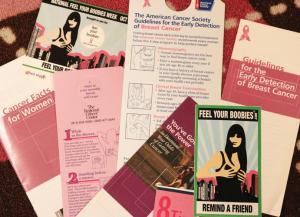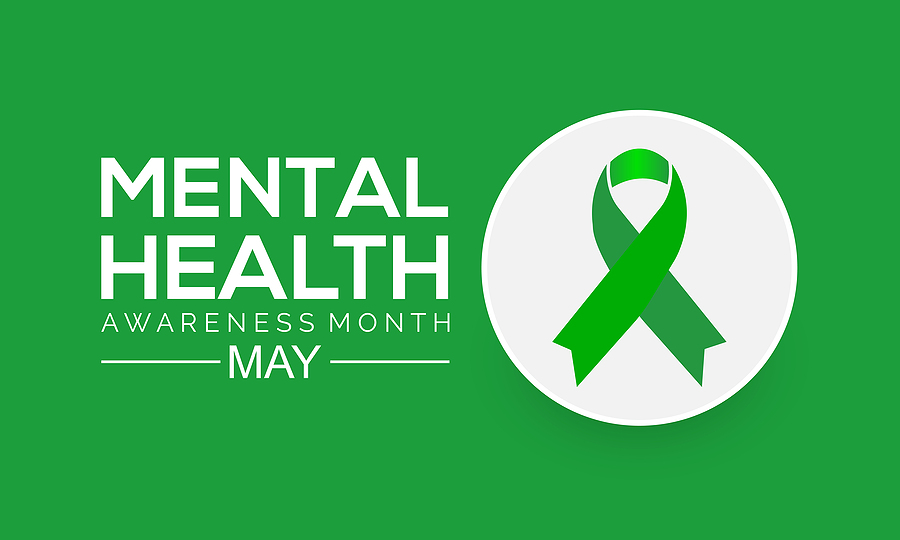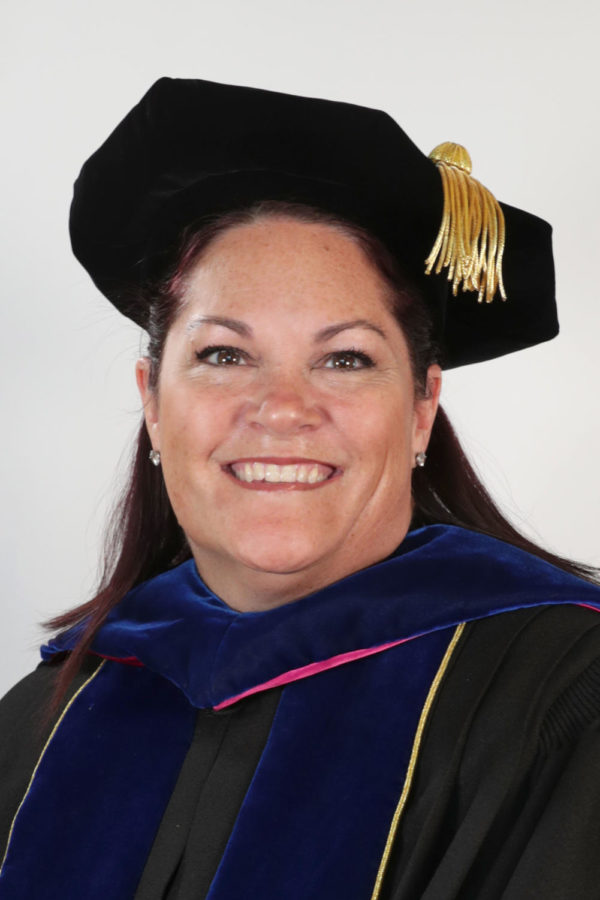People all over the world have experienced the awful effects of breast cancer, and they are showing their support by wearing pink and attending breast cancer fundraisers to find a cure.
October is National Breast Cancer Awareness Month.
Mercyhurst offers a variety of information about breast cancer, how it can be detected and how it can be treated.
Director of Wellness at the Mercyhurst Health Center Judy Smith, Ph.D., said some concerns regarding breast cancer and college-aged women have been brought to the health center’s attention.
One somewhat comforting fact provided by Smith is that only “7 percent of women under the age of 40 develop breast cancer.” This number, however, is “still in the thousands.”
This can be scary for women in college, but early detection is key.
Smith said there are many ways that a woman can detect a possible problem in her young age. Breast self-examinations are one way to detect cancer, she said.
“It is not always just a strange lump,” she said. “If you do find a lump in your breasts, get it checked.”
Other indications of breast cancer can include, “discharge from the nipple, puckering, dimpling or any changes you may notice,” Smith said.
If any of these warning signs are present, “get checked,” she said.
Like most diseases, some people are more at risk than others.
 Sarah Hlusko photo: The Cohen Student Health Center has a variety of information on breast cancer, its effects, treatments and how to find the disease early.
Sarah Hlusko photo: The Cohen Student Health Center has a variety of information on breast cancer, its effects, treatments and how to find the disease early.
Smith explained that the closer you are related to someone who has once had breast cancer, the more at risk you are.
A commonality in inheriting breast cancer from a close family member is believed to be because of a shared genetic mutation. Basically, if your mom had it and had a genetic mutation and you were born with the same mutation, you, in turn, may develop breast cancer.
Fortunately though, the technology is out there for women to be able to find out if something like this is a risk for them.
Usually, mammograms begin after women have reached the age of 40. Smith suggests that women who are at “high risk should begin mammograms before 40.”
Even though family history runs a greater risk of developing breast cancer, it is interesting that 70-80 percent of women who develop breast cancer will be the first in their family.
Finding the problem early is very important when it comes to this horrible disease.
“If the cancer is detected early, there is a 90 percent long-term survivability,” said Smith.
Smith also suggests the American Cancer Society website for anyone who would like more information about the effects of breast cancer.
If you are interested in getting involved with local fundraisers supporting the treatment of breast cancer, Erie’s Linked by Pink organization is a good one to work with. They put on annual fundraisers and awareness programs and feature women who have fought the battle and won against breast cancer.
This disease is a scary topic for anyone, but with the right information, good doctors and knowing what to look for it can be detected and treated with success.




